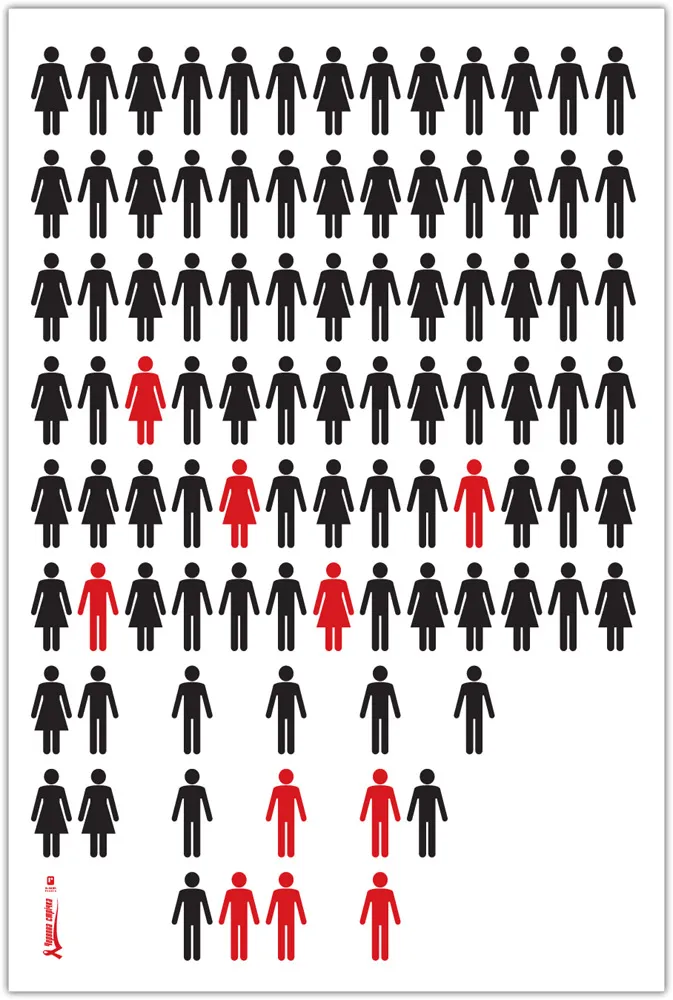
Visual Language for Designers
Principles for Creating Graphics that People Understand
- 240 pages
- English
- ePUB (mobile friendly)
- Available on iOS & Android
About this book
Within every picture is a hidden language that conveys a message, whether it is intended or not. This language is based on the ways people perceive and process visual information. By understanding visual language as the interface between a graphic and a viewer, designers and illustrators can learn to inform with accuracy and power.
In a time of unprecedented competition for audience attention and with an increasing demand for complex graphics, Visual Language for Designers explains how to achieve quick and effective communications. This book presents ways to design for the strengths of our innate mental capacities and to compensate for our cognitive limitations.
Visual Language for Designers includes:
—How to organize graphics for quick perception
—How to direct the eyes to essential information
—How to use visual shorthand for efficient communication
—How to make abstract ideas concrete
—How to best express visual complexity
—How to charge a graphic with energy and emotion
Frequently asked questions
- Essential is ideal for learners and professionals who enjoy exploring a wide range of subjects. Access the Essential Library with 800,000+ trusted titles and best-sellers across business, personal growth, and the humanities. Includes unlimited reading time and Standard Read Aloud voice.
- Complete: Perfect for advanced learners and researchers needing full, unrestricted access. Unlock 1.4M+ books across hundreds of subjects, including academic and specialized titles. The Complete Plan also includes advanced features like Premium Read Aloud and Research Assistant.
Please note we cannot support devices running on iOS 13 and Android 7 or earlier. Learn more about using the app.
Information
SECTION TWO
THE PRINCIPLES

PRINCIPLE 1
ORGANIZE FOR PERCEPTION


Parallel Processing

Table of contents
- Cover
- Title Page
- Contents
- Introduction
- Section One: Getting Graphics
- Section Two: Principles
- Bibliography
- Glossary of Terms
- Sources Cited
- Directory of Contributors
- Acknowledgments
- Dedication
- Copyright